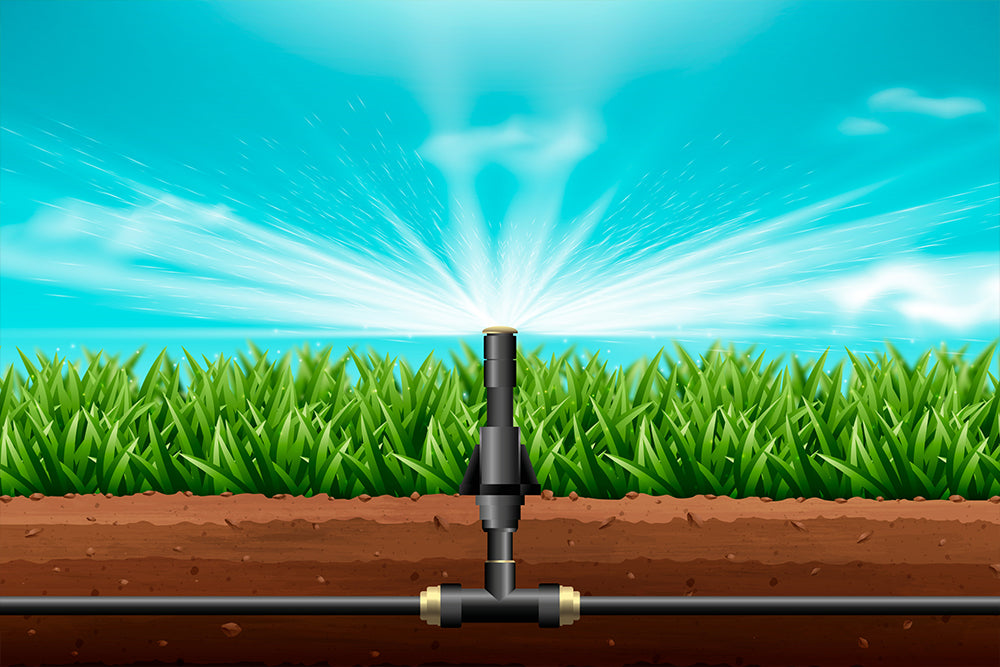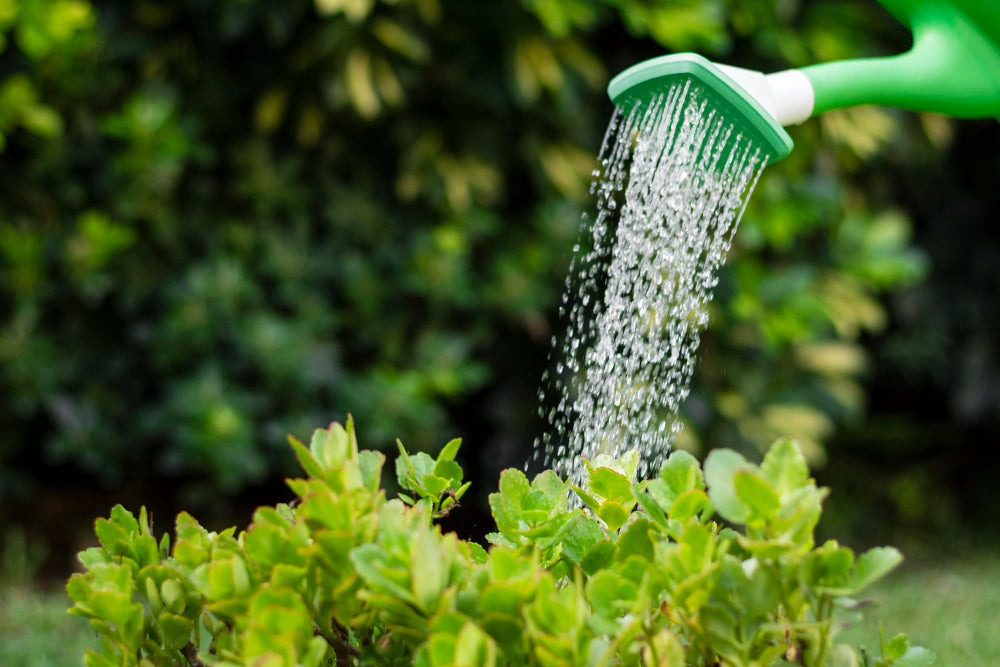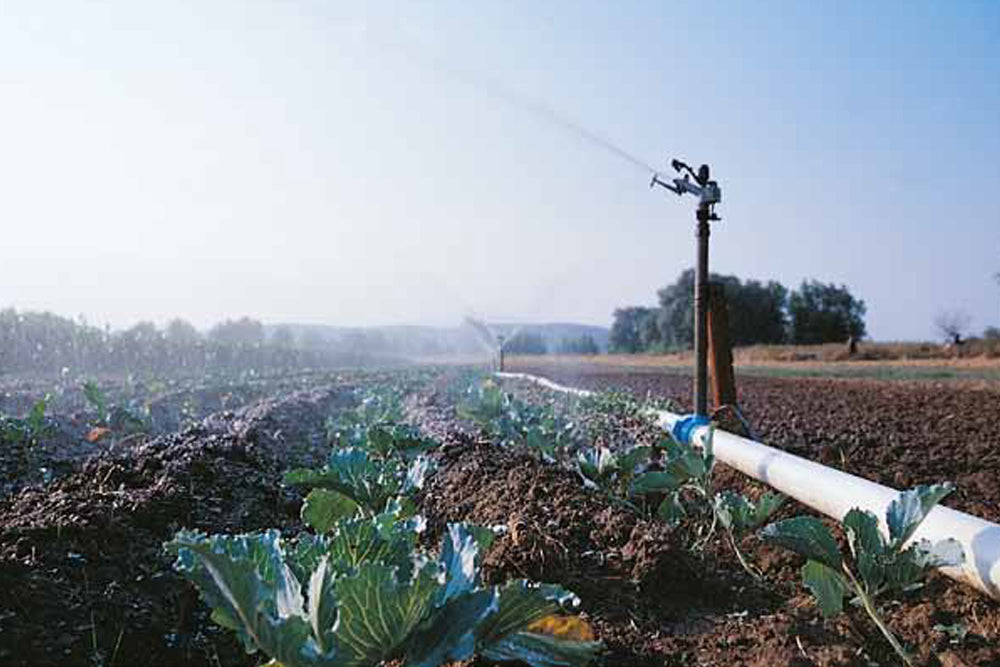Pump Sizing

The pump supplier will normally select a pump with the highest efficiency for the operating conditions. To find out if the operating conditions are stable, the process for calculating the relevant data is as follows:
1. Calculate how much flow is needed from the pump
Determine the amount of water to be applied during the peak period. This can be calculated from the size of the field, and how many mm of water that must be applied. The result is then converted to cubic meters per hour (m3/h). This number is the minimum size of the pump.
As an example, say we want to grow sweet corn on a 20 hectare field. The water is coming from a well. A pump with best efficiency at 106 m3/h could (see calculation below). If that pump is chosen, it should pump 24 hours a day.
The calculation:
ETP in the area for sweet corn is 11.4 mm per day.
Crop efficiency Kc =1
Water loss and water used by crop is: ETP×Kc – in this case 11.4 x 1 = 11.4 mm/day.
Let’s assume irrigation efficiency is 90%.
Required per day is then a bit more: 11.4 /90 × 100 = 12.7 mm/day.
1 ha = 10,000 m2.
Per hektar it is therefore necessary to apply 10,000 x 0.0127 m3 = 127 m3/day.
The 20 ha field therefore needs 20 x 127 m3 = 2540 m3/day.
That is the same as 106 m3/h.
To allow for system downtime and power cost windows a larger pump will therefore always be chosen, and a runtime of between 12 and 18 hours per day is typical.
If we choose 12 hours runtime per day the pump must be able to pump the double amount: 212 m3/h. The Grundfos submersible pump type SP215 can give 212 m3/h, which is close to where the maximum efficiency is, and this pump is therefore selected (see curve below).

Efficiency and NPSH curves for the Grundfos submersible pump type 1100S. The pump’s nameplate typically notes the pump’s flow at best efficiency. Another number typically refers to the number of bowls and thereby how much pressure the pump can produce.


2. Calculate how much head the pump must produce
An irrigation pump has to overcome four elements of pressure:
• Pressure needed for the application devices (sprinklers, spray heads, drippers, and so on)
• Friction loss in the piping system, pipes, screens, valves, elbow’s, tee’s, and so on
• Elevation lift
• Suction lift
For a deep-well pump, such as a submersible or a vertical turbine, another consideration is the drawdown of the static water level. The static water level is defined as the depth to water when no water is being pumped from the well.
As soon as the pump starts pumping, the water level will start to go down. The water level will continue to go down until equilibrium is reached, and that is when the friction loss in the aquifer and the casing screen (meter of friction) is the same as the drawdown (meter of head). The dynamic water level is defined as the depth to water when the pump is running at its operating capacity.
When the total head for a ground water pump is calculated, two things are different from a surface pump:
1. there is no suction lift
2. the drawdown has to be added to the elevation lift
The other components in the calculation are unchanged.

Let’s return to the calculation and calculate the required head the pump must produce. Let’s assume
- the application device use 0.5 bar of pressure or 5 m head
- the friction loss in the pipes, elbows, valves and tee’s has been calculated to 2.5 bar, or 25 m head
- let’s assume the elevation lift is only 20 m head
- Static water level is 50 m (this corresponds to suction lift for a surface pump)
- the drawdown in the well is 3 m
- Total head requirement to the pump is therefore
5+25+20+50+3=103 m.
We earlier calculated the flow and found a Grundfos submersible pump SP215 meets this requirement. Looking at the pump performance curves we can see that a 4 stage pump can meet the head requirement of 103 m.
The pump curve below shows that a 4 stage pump will give exactly the flow and head required. The pump is a submersible pump, type SP215-4 (4 stages or bowls) with a 75 kW motor.
In this example the performance requirement was right on one of the curves. Let’s assume that the head requirement had only been 100 m. In that case there is no curve matching the duty point, which is between two curves.
The solution is to select one of the two curves: if the upper curve is selected there is a bit more reserve in the pump, if the lower one is selected the pump will run marginally for a longer time. In both cases it has no practical influence on the performance or the efficiency, which can be seen from the efficiency curve.
GROUNDWATER WELLS
A well is an opening stretching from the ground surface to the underground aquifer, where the groundwater is located. The depth of the well may vary from a few meters to several hundred meters.
Wells are typically drilled with special drilling equipment able to penetrate the various layers of the ground, such as sand, clay, bedrock, and the like. Inside the drilled hole a casing (pipe) is typically installed, which prevents the well from collapsing around the pump.
Below the casing and in line with the aquifer is another ‘casing’ with fine slots. This is the well screen, where the slots allow the water to enter the well. It holds back sand and larger particles trying to enter the well.

To improve the filtering function, the borehole typically features a diameter that is 2-3” larger than the casing. A fine sand gravel pack filter is placed between the casing and the aquifer. Some casings come with a pre-made gravel pack filter. Made correctly, this filtering method prevents sand and silt from entering the well.
The US EPA and National Water Works Association are recommending the following sand limits in well water:
• 1 ppm in water for drip and microspray application.
• 10 ppm in water for sprinkler irrigation systems.
• 15 ppm in water for flood irrigation.
Before the well can be put into operation, it must be developed. A new well will always produce some sand and silt in the beginning, and well development is the process of pumping a new well free from sand and silt. It is done by pumping with a very high flow, which draws the fine particles in the aquifer into the filter of the well. This slowly makes the filter more effective. After approximately one day of pumping, the well is normally pumped clean, and is ready for normal operation.
The pump used for well development wears out relatively quickly because of the high sand content, and it should therefore always be replaced with a new pump as soon as the well does not produce any more sand.
The submersible pump must always be installed above the screen area of the casing. This is to ensure that the water is forced past the motor, providing adequate motor cooling. If the pump cannot be installed above the screen filter, a cooling sleeve is recommended to create the necessary flow along the motor for proper cooling.
The drawdown for each specific well can be tested using a test pump with the same flow rating as the production pump, which is installed in the well and the pump started. The groundwater level is recorded, and the equilibrium point has been reached when the water level has become constant. This level is the dynamic water level. The drawdown is the difference between the static and the dynamic water level.
All the water the well is producing is pushed through the aquifer and the well screen by the pressure differential there is between the static and the dynamic water level. The higher the flow is, the bigger the drawdown will be. For this reason it is often better, considering operating costs, to use two or more smaller pumps (and wells) instead of one large one. With smaller pumps the drawdown is limited, and the elevation lift is reduced.
Some aquifers have so much resistance that the water flow to one well is not enough to cope with the irrigation need. A second and third well may be the only solution to get the amount of water required.


